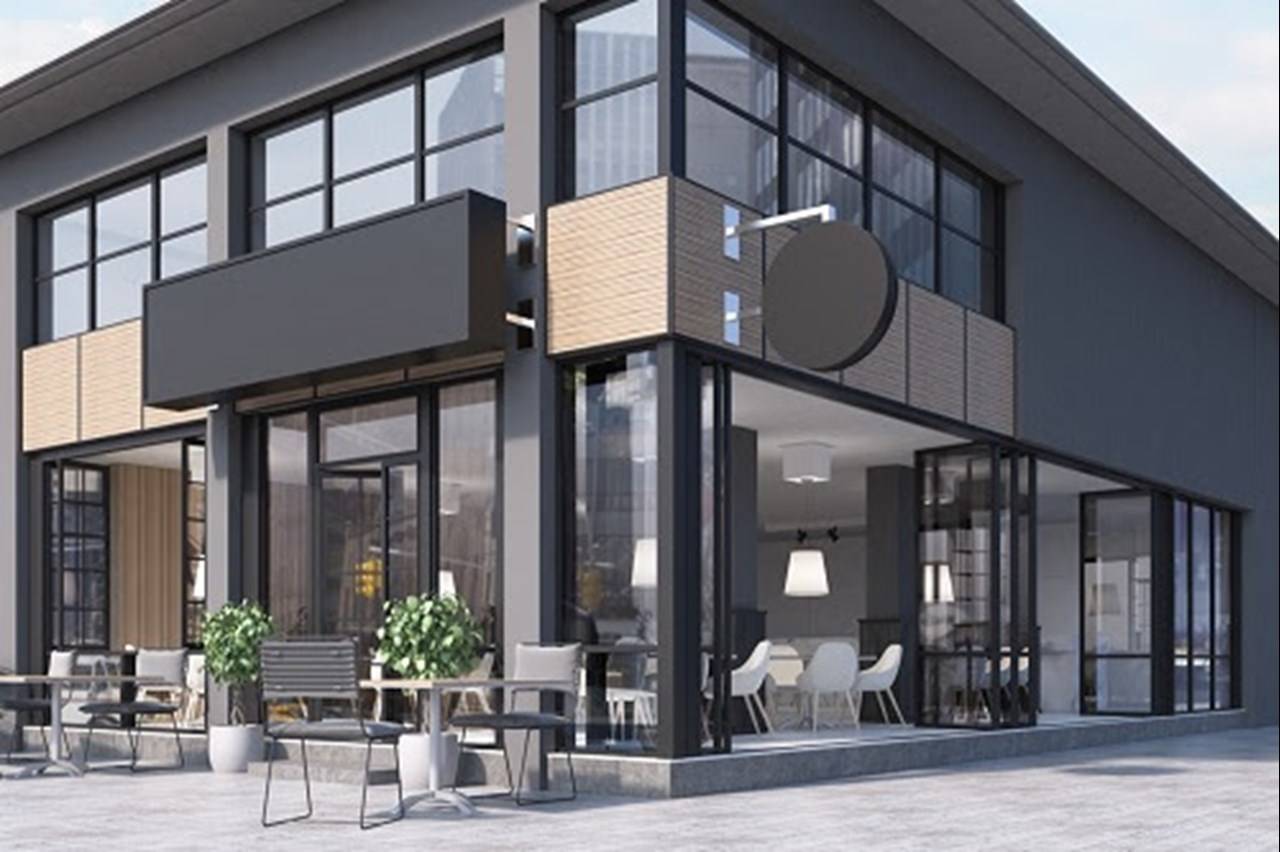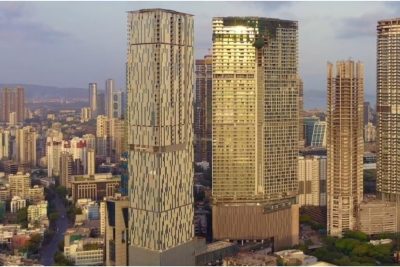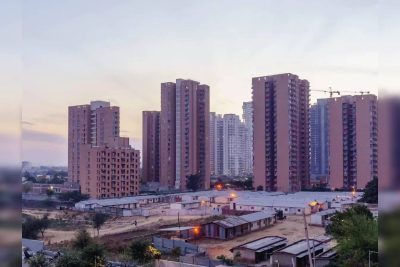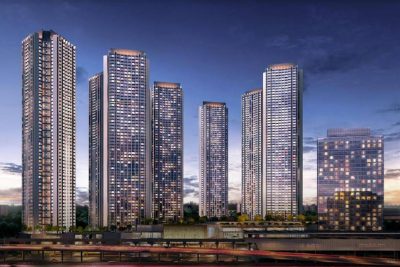The growing interest in commercial realty space shows no signs of abating. Rising high from the sluggish demand during the pandemic there is a new vigour in the segment.
According to a Knight Frank report, 25 million square feet have been leased between January and June this year, translating to a 107 per cent jump, year-on-year. Bengaluru and NCR have led the way, accounting for 7.7 million square feet and 4.1 million square feet of these transactions, respectively.
Somewhat similar picture also emerges in the rental space. As per the report office rentals in Bengaluru have spiked by 13 per cent year-on-year. Pune and Hyderabad have seen an 8 and 3 per cent rise in rentals, respectively. In the NCR too the demand is high.
“Elevated yields will continue to drive investments in the Indian Real Estate Industry which includes Office, Retail, Group Housing, etc. While residential properties at best have the potential to yield an average return of around 2-3 per cent, the commercial segment comprising of office and retail/anchor spaces including restaurants can post returns to the tune of 6-9 per cent. At a time, when there is a growing appetite for low-risk but high-yield assets, commercial properties will continue to thrive and must feature prominently on every investor’s radar,” Shubham Sardana, President Sales, ElitePRO.
This surge in demand is not just confined to office spaces. Retail sector too has witnessed a strong comeback. With shoppers thronging malls and multiplexes the retail space has left the pandemic far behind and is totally focused on future. There has been a big increase in new constructions in both office as well as retail segment especially in the emerging localities such as Greater Noida (West), Sohna Road and Dwarka Expressway.
Says Deepak Kapoor, Director, Gulshan Homz, “Post pandemic there has been tremendous growth in the real estate sector. Along with residential segment, there has been tremendous spike in interest in the commercial segment, both office and retail spaces. There is an increase in office leasing activities and developers are coming up with new projects. Prices are still low and it is the time to invest in commercial realty.”
It is estimated that 15-20 per cent of executives will continue to work from home. Among other benefits, it will also substantially reduce rental costs. Almost five lakh square feet of office space has reportedly been vacated in the past months.
An interesting finding has been that the new work trend emerging post-pandemic times is that some of the big and medium-sized companies have been instead of leasing one’s own offices are opting for co-working spaces. An analysis of the data shows that between January and June 2022 co-working spaces accounted for 17 per cent of all office-space transactions, a rise of 7 per cent compared to the last year.
However, as Aman Sharma, Director, Spaze Group, says, “Instead of proving to be a setback for the sector it has turned to be a blessing in disguise, as the same enterprises are opting for either smaller or co-working spaces for their offices giving a boost to the commercial segment. It has shown flexibility to adapt to the emerging scenario and is offering solutions that companies looking for offices are looking at.”
“Metros are witnessing a major comeback in India’s commercial spaces, both office and retail. In Delhi NCR it’s a similar trend, especially in the localities such as Noida, Greater Noida etc. Everywhere companies including big retail chains have been leasing spaces. Among other factors which have given a big boost to commercial segment in these areas is the infrastructural progress, improving connectivity and increasing income,” says Amit Jain, Director, Mahagun Group.
New roads, rail, metro and rapid rail transport are being implemented. New modes of transportation such as monorails, ropeways and electric corridors are being considered to improve efficiency and bring not only the far-flung suburbs within easy reach of the cities but also to facilitate last-mile connectivity.
At the same time increasing digitalization, e-commerce, and work from home created a need for affordable and small spaces both for local companies as well as retailers. Consequently, commercial spaces in tier 2 and 3 cities also received a major fillip.
Source : ANI News




